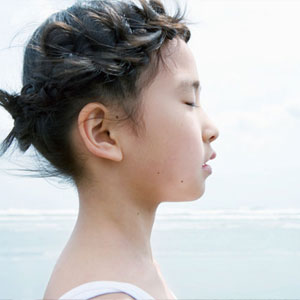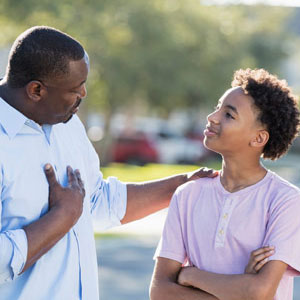Winter Sports: Sledding, Skiing, Snowboarding, Ice Skating
Winter sports are lots of fun — just ask any kid who's just scored the winning goal during an ice hockey game or gone sledding down a giant hill. But whether you're getting ready to ski, go ice skating, or ride a sled, you need to know how to be safe.
How Do I Get Ready for Winter Sports?
No matter which winter sport you choose, it's important to know how to stay safe in ice and snow. The right clothing and equipment will help you do that. Dress in layers, and look for lightweight exercise clothes that add warmth without adding bulk. Remember, even if you enjoy being cold, your body needs to stay warm to work properly and you need to protect yourself from frostbite.
And always use sunscreen with an SPF of 15 or higher when you're skiing, sledding, skating, or snowboarding. Sunlight reflects off all that bright white snow and ice and back onto your face, so sunburns can be even worse when you're out in the snow.
Sledding
Sledding can be lots of fun — as long as you're staying safe. Here are some things to keep in mind before you go sledding:
- Bring the right stuff. You'll need a sturdy sled with handles, and no part of it should be broken. You'll also need boots, gloves, and a helmet. (A bicycle helmet works fine.)
- Choose a safe hill. It should be packed with snow (not ice), and it shouldn't be too steep. Make sure it doesn't end anywhere near a road or have lots of trees or rocks.
- Ride smart. Always sit up and go feet first (never head first). Sled during the day so you can see well, or make sure the area is well-lit if you go after dark.
- Go with an adult. It's important to have someone who can help in case you get hurt.
Skiing and Snowboarding
Skiing and snowboarding can be great ways to get some physical activity and enjoy fresh snow. Before you head out, here's what you need to know:
- Bring or rent the right equipment. Don't borrow skis, snowboards, or skiing or snowboarding boots from someone else (unless you're the exact same size). Using equipment that's too big or too small can be very dangerous. Most ski resorts and ski shops have equipment you can rent, and they'll help you find the right size.
- Always wear a helmet and goggles. Goggles protect your eyes and a helmet protects your head when you fall. And you're going to fall — even professional skiers and snowboarders fall sometimes! Knee pads and elbow pads are a good idea too.
- Do some lessons before you take off. Skiing and snowboarding lessons are really important if you're new to these sports. For instance, an instructor can teach you how to stop and how to land safely when you fall.
- Always start with the easier slopes before moving on to the harder ones when you're going to a ski resort for the first time, even if you've been skiing or snowboarding before.
Ice Skating
From ice hockey to figure skating, skating is a lot of fun and can be great exercise. Here are some tips to help you prepare for getting on the ice:
- Only skate on approved ice. Outdoors, ice that hasn't been approved for skating may be too thin. Look for signs from the police or recreation department saying that skating is OK.
- Get the right equipment. You'll need skates that fit you well (not a borrowed pair that's too small or too big). Skates that fit should be snug but not too tight. You'll also need knee pads and an ice hockey helmet (not a bike helmet).
- Never skate alone. Always go with at least one friend or family member.
- Skate in the same direction as everyone else. When you're at an ice skating rink, you'll notice everyone going in the same direction. Go with the flow and don't try to skate in the other direction.


